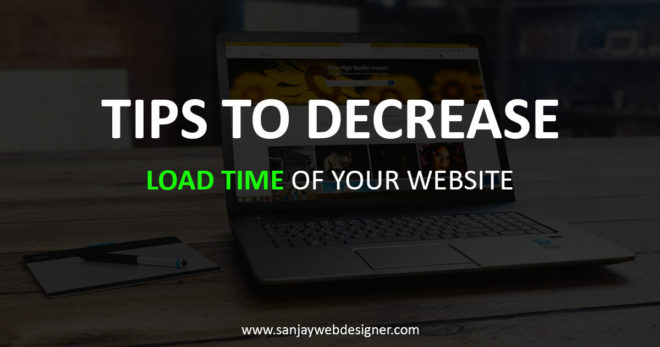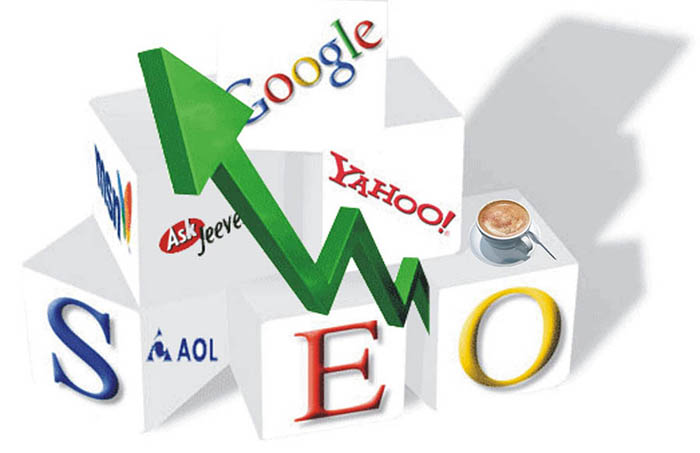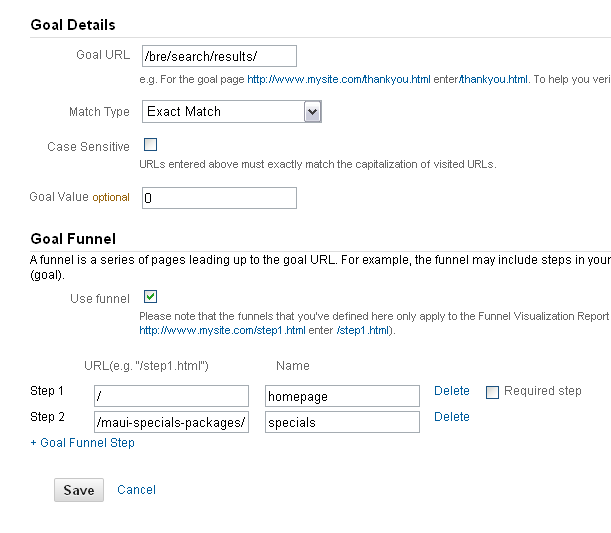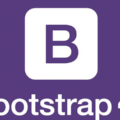7 Amazing Tips To Decrease Load Time of Your Website: Everybody loves a cool little loading computer animation, right? Yet if that divot lasts greater than a second or two, it only brings attention to the fact that the website is loading slowly.
Customers expect websites to load rapidly and efficiently. It’s your task to guarantee that the design is not just aesthetically pleasing however likewise 100 percent functional. If your site is dragging rather, you could stop stressing now because we have 7 tips to assist you to speed up your website with little tweaks to the design. (Make certain to go to each of the websites showcased in the post; they look great and also tons lightning fast).
Below are Amazing Tips To Decrease Load Time of Your Website.
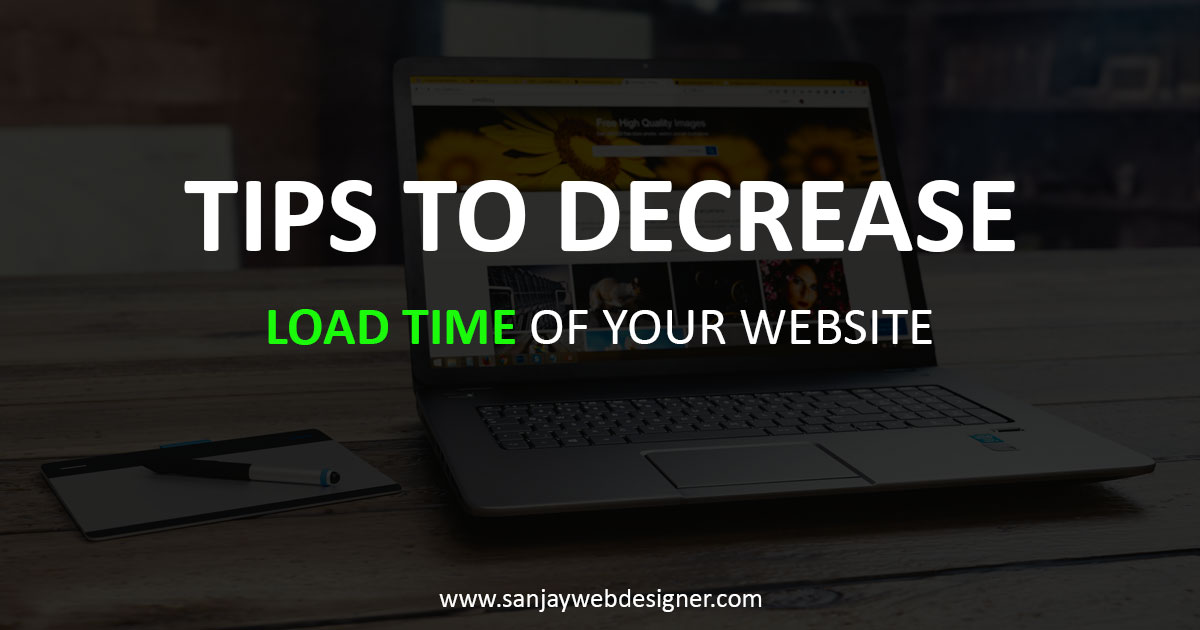
You May Also Like: 7 Ways To Improve Your Page Speed Time In WordPress
1. Take Care with Animations
Computer animation in website design is among the “it” patterns of 2015. Don’t get left behind by creating substantial documents that simply won’t load. Start with smaller animated touches as you begin collaborating with this kind of result and also go on to larger animations after you have a great feel for exactly how they work and also deal with your overall website framework.
The key to animations is not loading a lot of video documents to your website. The smaller the animation, the easier it is to produce something with a small footprint. So where do you start?
Do something simple and fun such as create an animated hover state. Having a button modification color or expand is an awesome effect that will help you master the CSS as well as obtain a good feel for basic animation before carrying on to larger components. You might likewise consider AJAX or parallax loading animations. What behaves regarding either of these choices is that offer you time to tons aspects without the user also seeing it. Since aspects load as individuals scroll, you get a few priceless secs to get whatever prepared.
2. Image Optimization
With the variety of HD and also retina display screens available to individuals, you may be tempted to fill all your images as full size at high resolution when you are constructing your website. Don’t come under this catch. The majority of these images are most likely way too large for your site to take care of efficiently.
Know your documents types. The most typical file styles for images on the web are JPG, PNG, GIF and also SVG.
- JPG: Best suited for photos, JPG documents could vary in dimension from small to massive. When saving JPG apply for website usage, see to it to conserve optimized documents. (In Adobe Photoshop, you can optimize images for the internet utilizing the export settings under File > Export > Export As.).
- PNG: Utilize the layout of this document for images that consist of text, to ensure that lettering provides well. This is commonly a rather little file.
- GIF: The preferred documents layout for smaller sized animated aspects, such as the ever-popular animated meme-style picture. However beware, this file style could obtain crucial if you aren’t careful.
- SVG: If you require a vector picture for the internet, this is the most effective option. It can be utilized for anything from symbols to logo designs.
3. Usage Code Where Possible
You could be attracted to produce a bunch of great symbols and also images for your website as well as lots each as a private element. This can create some concerns. Instead, utilize code to call these elements when possible.
Use CSS to pack background images as well. This will “force” your website to pack whatever else ahead of the history, so users can begin seeing various other elements as well as text on the site immediately. W3Schools has a fantastic, and also a simple tutorial on how to do this.
There are a lot of devices such from Font Remarkable symbols to tons of other CSS and also JavaScript collections that you can utilize to create terrific components with fun impacts that are lightweight. (CSS Design Honors has an especially good collection of 30 buttons and form aspects to attempt.)
4. Keep Videos Short
One more fashionable website design element is used full-screen video on your homepage. This can be an additional load time catch. You will certainly find yourself caught between video quality, video clip content and also speed and will certainly have to make a sacrifice someplace.
The very best videos are extremely brief only a couple of seconds and also loophole to ensure that the action does not quit. You don’t have to include noise or other impacts either.
You can attempt a few other techniques to get your file size down as long as possible.
- Think of a shade overlay or blur over a reduced resolution video. It can still look cool, but will not call for as much bandwidth.
- Think about a video clip that is less than the complete display in size.
- Ditch the autoplay, which could “trick” individuals into assuming your site it loading quicker compared to it is.
- Do not get stuck to lengthy videos. If you want to show numerous video clips, take into consideration a video clip “slider” element or manually change out videos on a routine to make sure that users see something brand-new each time they visit the website. (Regardless of how excellent your clip is, few users will certainly watch greater than a couple of secs, so do not give up lots of time for longer clips.)
5. Consider The Theme
If you are making use of WordPress or an additional content management system with a motif, remember that not all motifs are constructed the same. While you will likely have more good luck with a premium choice a few of which allow you “turn off” extra elements take a close check out the code as well as build making certain that’s not the important things that are bogging your site down.
6. See Your Plugins
Do you have a ton of plugins or third-party applications linked to your site? Are you actively utilizing them all? Make sure to turn off unused plugins to optimize performance.
WordPress users can make use of the Plugin Efficiency Profiler to see just what plugins are energetic as well as how they are working. This can aid you to fix as well as recognize issues and remove or reconfigure those plugins. (A common problem location is frequently social sharing plugins.)
7. Compress Everything Who Needs To Be Compressed
Not only should the specific elements of your website be compressed but you could likewise compress the site in its entirety to assist keep it up and running promptly. Among the components that can be pressed are the CSS and also JavaScript files, images and video clip (by resizing) and also the website as a while utilizing a device such as GZIP.
Minified files are the most effective course when it comes to plugins and also creating smaller sized data. You also intend to inspect exactly how the code is made on the website. For maximum speed, all the JavaScript should be contained in one documents and all the CSS ought to be included in another data. (Another note: Where you position this code counts as well. Link CSS to the top of the web page and JavaScript to the bottom to enhance your website rate too.).
Final Thought
Is your website loading swiftly sufficient? Otherwise, it’s time to modify it to meet optimum tons times. (If you need to think of this question in any way, after that your site it possibly not fast sufficient.)
Websites have to fast to make sure that users can interact immediately. The longer it takes for the page to lots, no matter device, the most likely it is that individuals will certainly abandon the site entirely. So take a few mins today or this week and undergo this list to make certain that your site is carrying out at an optimum level.

